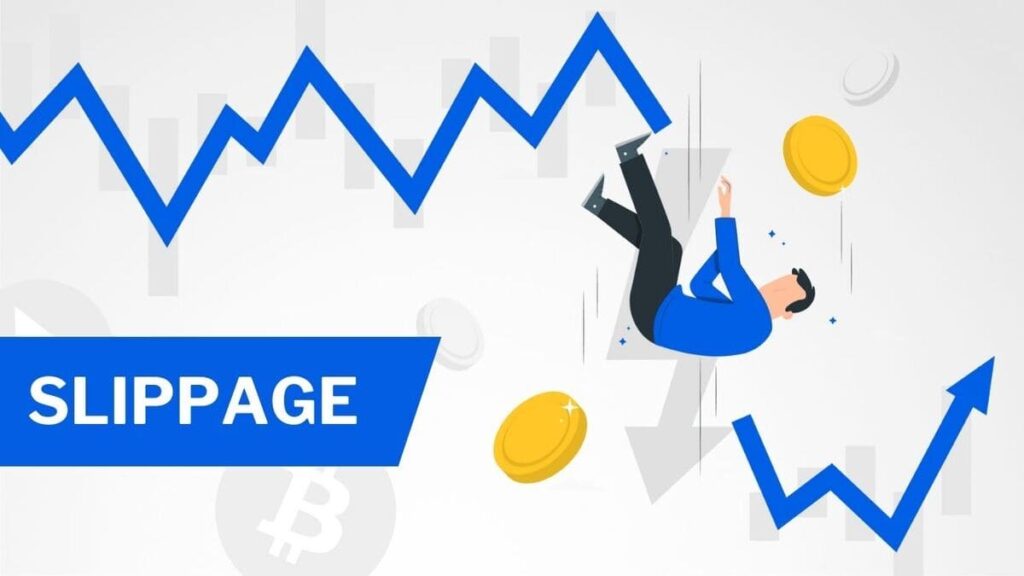
How Can You Reduce the Risk of Slippage in Cryptocurrency Trading?
Slippage is a common issue in cryptocurrency trading, particularly during periods of high market volatility. When using limit orders to execute trades, traders must be mindful of this risk to avoid costly mistakes. By understanding how slippage works and utilizing various strategies, you can minimize its impact on your portfolio.
Understanding Slippage
Slippage occurs when the market price deviates from your desired price, resulting in a trade that executes at an unfavorable rate. This phenomenon is more likely to happen during periods of high volatility or low liquidity. By using limit orders, traders can set a specific price for buying or selling an asset, ensuring that the transaction does not occur at a different price.
However, it’s essential to recognize that limit orders are not foolproof against slippage. This is why choosing a platform with high liquidity is crucial. Platforms with higher trading volumes usually experience less slippage because they have more buyers and sellers operating at similar prices. Decentralized exchanges (DEXs) require special attention due to their unique liquidity pools.
Managing Slippage Tolerance
Setting a slippage tolerance is another critical step in mitigating the risk of slippage. This feature allows users to define how much price fluctuation they are willing to accept before a transaction is rejected. Configuring an appropriate level can be the difference between a successful trade and an undesired execution.
Tips for Avoiding Slippage
1. **Trading During Low-Activity Periods**: In volatile markets, it’s essential to avoid trading during peak activity hours or during times of extreme market fluctuations. This allows you to take advantage of better prices.
2. **Split Large Orders into Smaller Ones**: To reduce the risk of slippage and minimize the impact of any potential trade rejection, consider splitting large orders into smaller ones. This strategy can help manage your exposure to the market while ensuring that your trades are executed at a more favorable rate.
Conclusion
Slippage is an inherent risk in cryptocurrency trading, particularly during times of high volatility or low liquidity. By understanding how limit orders work and utilizing strategies such as high-liquidity platforms, slippage tolerance settings, and avoiding large orders, you can significantly reduce the risk of this phenomenon.
Source: crypto-economy.com


